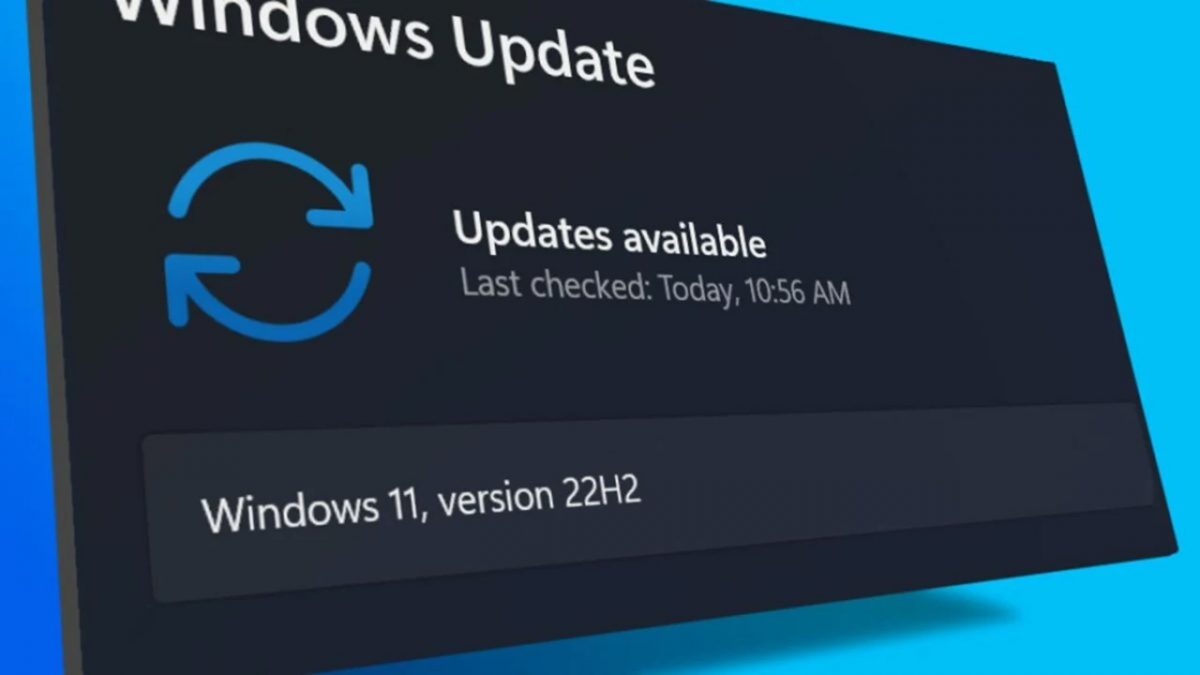Why I Stopped Using SQL Queries for AI Workloads (and What Happened Next)
As someone who built SQL data pipelines for eight years, I used to treat "SELECT * FROM WHERE" as gospel. But during a recent multimodal recommendation system project, I discovered relational databases fundamentally break when handling AI-generated vectors. Here's what I learned through trial and error. My Encounter with Vector Search in Production The breaking point came when I needed to query 10M product embeddings from a CLIP model. The PostgreSQL instance choked on similarity searches, with latency spiking from 120ms to 14 seconds as concurrent users increased. I tried optimizing the schema: -- Traditional approach ALTER TABLE products ADD COLUMN embedding vector(512); CREATE INDEX ix_embedding ON products USING ivfflat (embedding); But the planner kept choosing sequential scans, and updating the IVF index during live data ingestion caused 40% throughput degradation. That's when I realized relational databases and vector operations share the same physical incompatibility as oil and water. How SQL Falls Short with High-Dimensional Data SQL's three fatal flaws for AI workloads became apparent during stress testing: Parser Overhead: Converting semantic queries to SQL added 22ms latency even before execution Index Misalignment: PostgreSQL's B-tree indexes achieved only 64% recall on 768D vectors compared to dedicated vector databases Storage Inefficiency: Storing vectors as PostgreSQL BLOBS increased memory consumption by 3.8x compared to compressed formats Here's a comparison from our 100-node test cluster: Metric PostgreSQL + pgvector Open-source Vector DB 95th %ile Latency 840ms 112ms Vectors/sec/node 1,200 8,400 Recall@10 0.67 0.93 Memory/vector (KB) 3.2 0.9 The numbers don’t lie—specialized systems outperform general-purpose databases by orders of magnitude. Natural Language Queries: From Novelty to Necessity When we switched to Pythonic SDKs, a surprising benefit emerged. Instead of writing nested SQL: SELECT product_id FROM purchases WHERE user_id IN ( SELECT user_id FROM user_embeddings ORDER BY embedding '[0.12, ..., -0.05]' LIMIT 500 ) AND purchase_date > NOW() - INTERVAL '7 days'; Our team could express intent directly: similar_users = user_vectors.search(query_embedding, limit=500) recent_purchases = product_db.filter( users=similar_users, date_range=('2025-05-01', '2025-05-07') ).top_k(10) This API-first approach reduced code complexity by 60% and made queries more maintainable. The Consistency Tradeoff Every Engineer Should Know Vector databases adopt different consistency models than ACID-compliant systems. In our deployment: Strong Consistency: Guaranteed read-after-write for metadata (product IDs, prices) Eventual Consistency: Accepted for vector indexes during batch updates Session Consistency: Used for personalized user embeddings Choosing wrong caused a 12-hour outage. We initially configured all operations as strongly consistent, which overloaded the consensus protocol. The fix required nuanced configuration: # Vector index configuration consistency_level: "BoundedStaleness" max_staleness_ms: 60000 graceful_degradation: true Practical Deployment Lessons Through three failed deployments and one successful production rollout, I identified these critical factors: Sharding Strategy: Hash-based sharding caused hotspots with skewed data Dynamic sharding based on vector density improved throughput by 3.1x Index Update Cadence: Rebuilding HNSW indexes hourly wasted resources Delta indexing reduced CPU usage by 42% Memory vs Accuracy: Allocating 32GB/node gave 97% recall Reducing to 24GB maintained 94% recall but allowed 25% more parallel queries What I'm Exploring Next My current research focuses on hybrid systems: Combining vector search with graph traversal for multi-hop reasoning Testing FPGA-accelerated filtering for real-time reranking Experimenting with probabilistic consistency models for distributed vector updates The transition from SQL hasn't been easy, but it's taught me a valuable lesson: AI-era databases shouldn’t force us to communicate like 1970s mainframes. When dealing with billion-scale embeddings and multimodal data, purpose-built systems aren't just convenient—they're survival tools. Now when I need to find similar products or cluster user behavior patterns, I don’t reach for SQL Workbench. I describe the problem in code and let the database handle the "how." It’s not perfect yet, but it’s infinitely better than trying to hammer vectors into relational tables.

As someone who built SQL data pipelines for eight years, I used to treat "SELECT * FROM WHERE" as gospel. But during a recent multimodal recommendation system project, I discovered relational databases fundamentally break when handling AI-generated vectors. Here's what I learned through trial and error.
My Encounter with Vector Search in Production
The breaking point came when I needed to query 10M product embeddings from a CLIP model. The PostgreSQL instance choked on similarity searches, with latency spiking from 120ms to 14 seconds as concurrent users increased.
I tried optimizing the schema:
-- Traditional approach
ALTER TABLE products ADD COLUMN embedding vector(512);
CREATE INDEX ix_embedding ON products USING ivfflat (embedding);
But the planner kept choosing sequential scans, and updating the IVF index during live data ingestion caused 40% throughput degradation. That's when I realized relational databases and vector operations share the same physical incompatibility as oil and water.
How SQL Falls Short with High-Dimensional Data
SQL's three fatal flaws for AI workloads became apparent during stress testing:
- Parser Overhead: Converting semantic queries to SQL added 22ms latency even before execution
- Index Misalignment: PostgreSQL's B-tree indexes achieved only 64% recall on 768D vectors compared to dedicated vector databases
- Storage Inefficiency: Storing vectors as PostgreSQL BLOBS increased memory consumption by 3.8x compared to compressed formats
Here's a comparison from our 100-node test cluster:
| Metric | PostgreSQL + pgvector | Open-source Vector DB |
|---|---|---|
| 95th %ile Latency | 840ms | 112ms |
| Vectors/sec/node | 1,200 | 8,400 |
| Recall@10 | 0.67 | 0.93 |
| Memory/vector (KB) | 3.2 | 0.9 |
The numbers don’t lie—specialized systems outperform general-purpose databases by orders of magnitude.
Natural Language Queries: From Novelty to Necessity
When we switched to Pythonic SDKs, a surprising benefit emerged. Instead of writing nested SQL:
SELECT product_id
FROM purchases
WHERE user_id IN (
SELECT user_id
FROM user_embeddings
ORDER BY embedding <-> '[0.12, ..., -0.05]'
LIMIT 500
)
AND purchase_date > NOW() - INTERVAL '7 days';
Our team could express intent directly:
similar_users = user_vectors.search(query_embedding, limit=500)
recent_purchases = product_db.filter(
users=similar_users,
date_range=('2025-05-01', '2025-05-07')
).top_k(10)
This API-first approach reduced code complexity by 60% and made queries more maintainable.
The Consistency Tradeoff Every Engineer Should Know
Vector databases adopt different consistency models than ACID-compliant systems. In our deployment:
- Strong Consistency: Guaranteed read-after-write for metadata (product IDs, prices)
- Eventual Consistency: Accepted for vector indexes during batch updates
- Session Consistency: Used for personalized user embeddings
Choosing wrong caused a 12-hour outage. We initially configured all operations as strongly consistent, which overloaded the consensus protocol. The fix required nuanced configuration:
# Vector index configuration
consistency_level: "BoundedStaleness"
max_staleness_ms: 60000
graceful_degradation: true
Practical Deployment Lessons
Through three failed deployments and one successful production rollout, I identified these critical factors:
-
Sharding Strategy:
- Hash-based sharding caused hotspots with skewed data
- Dynamic sharding based on vector density improved throughput by 3.1x
-
Index Update Cadence:
- Rebuilding HNSW indexes hourly wasted resources
- Delta indexing reduced CPU usage by 42%
-
Memory vs Accuracy:
- Allocating 32GB/node gave 97% recall
- Reducing to 24GB maintained 94% recall but allowed 25% more parallel queries
What I'm Exploring Next
My current research focuses on hybrid systems:
- Combining vector search with graph traversal for multi-hop reasoning
- Testing FPGA-accelerated filtering for real-time reranking
- Experimenting with probabilistic consistency models for distributed vector updates
The transition from SQL hasn't been easy, but it's taught me a valuable lesson: AI-era databases shouldn’t force us to communicate like 1970s mainframes. When dealing with billion-scale embeddings and multimodal data, purpose-built systems aren't just convenient—they're survival tools.
Now when I need to find similar products or cluster user behavior patterns, I don’t reach for SQL Workbench. I describe the problem in code and let the database handle the "how." It’s not perfect yet, but it’s infinitely better than trying to hammer vectors into relational tables.
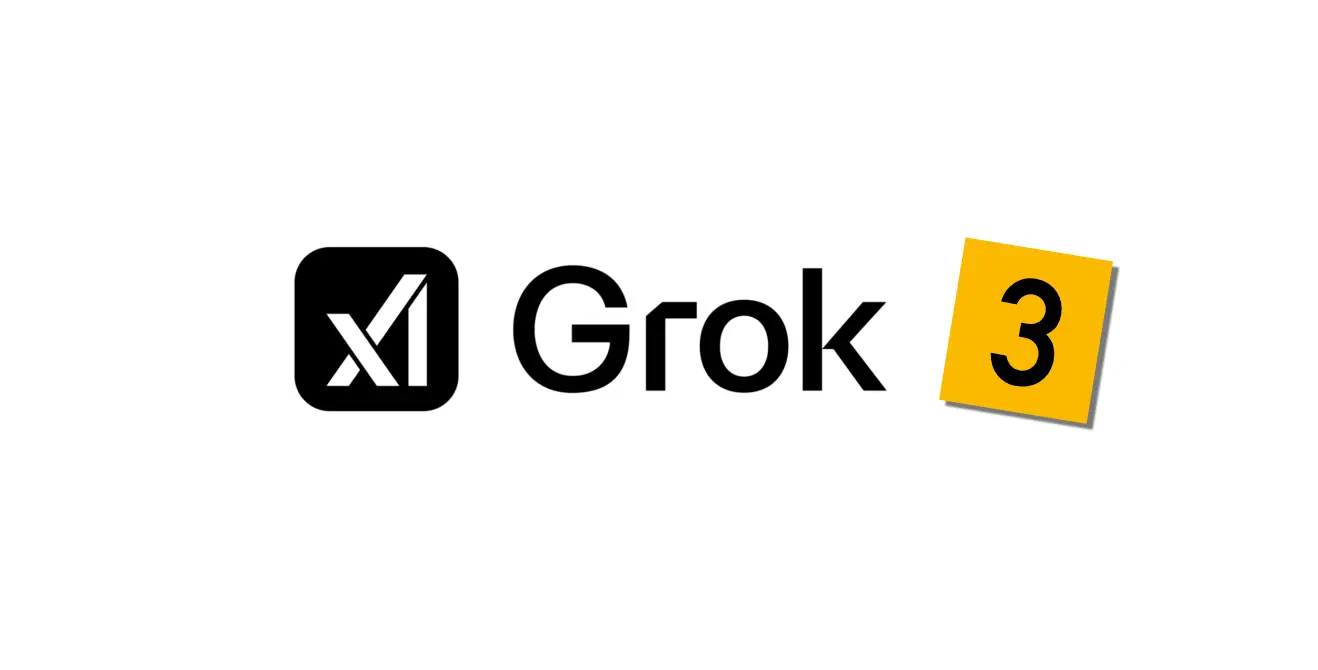







































































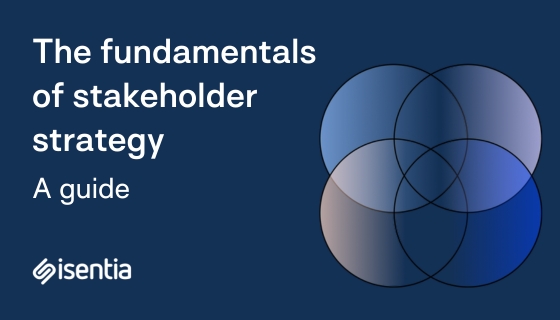


















































































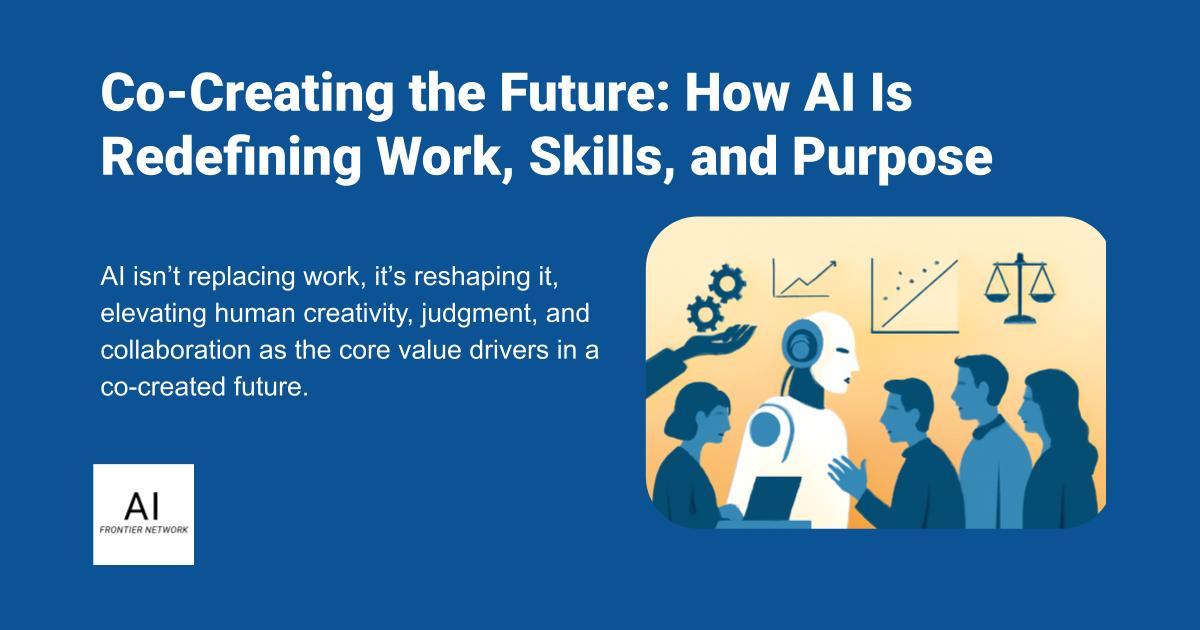















![[The AI Show Episode 155]: The New Jobs AI Will Create, Amazon CEO: AI Will Cut Jobs, Your Brain on ChatGPT, Possible OpenAI-Microsoft Breakup & Veo 3 IP Issues](https://www.marketingaiinstitute.com/hubfs/ep%20155%20cover.png)

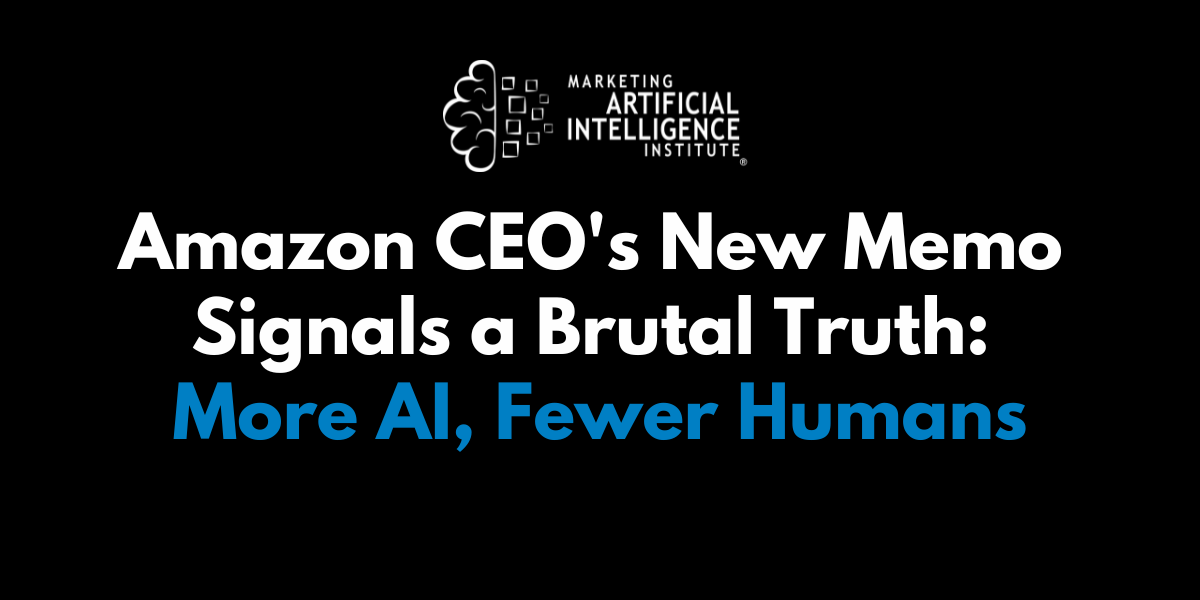
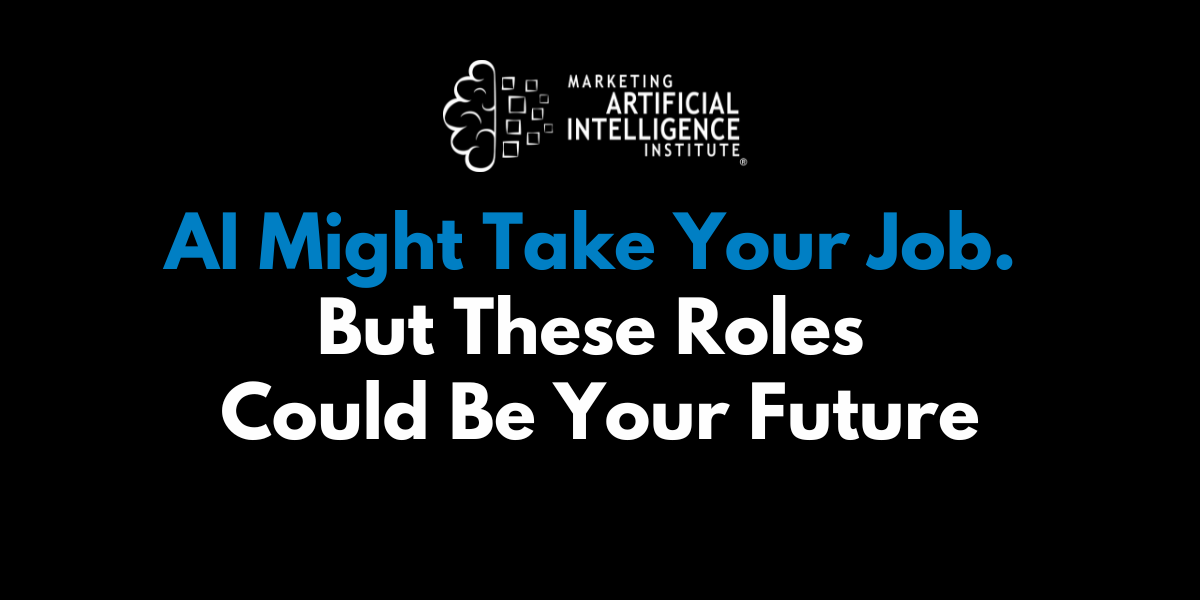






























































































































































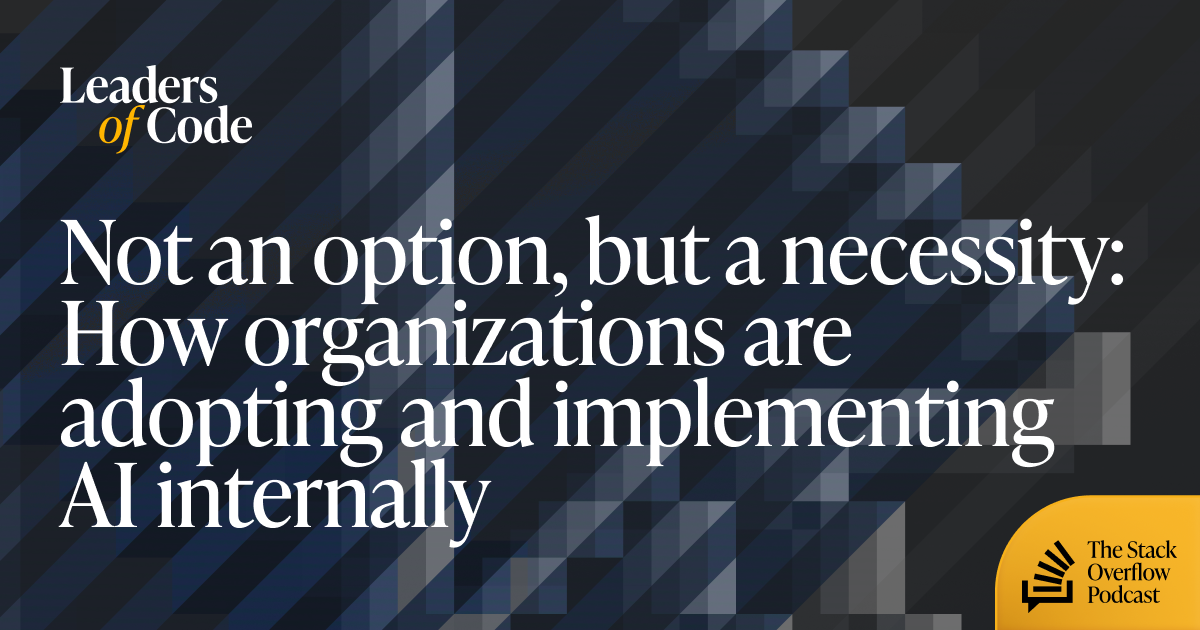
























































































































































































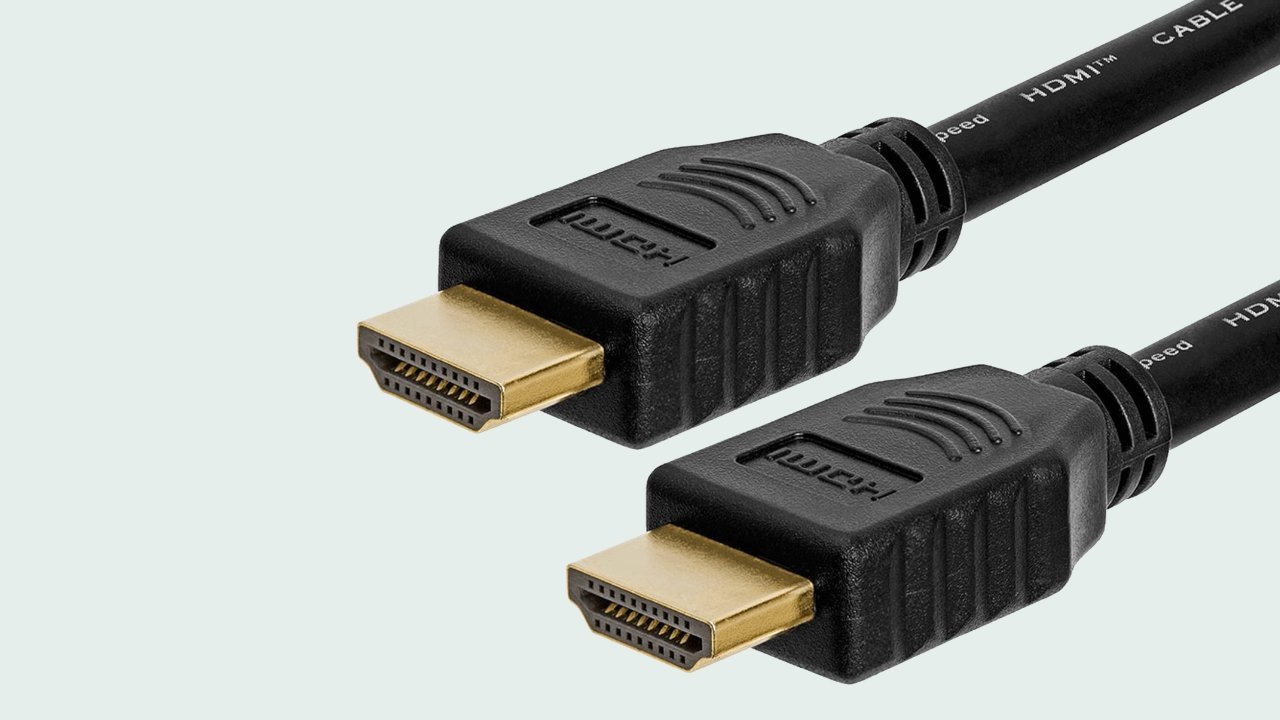




























![Mercedes, Audi, Volvo Reject Apple's New CarPlay Ultra [Report]](https://www.iclarified.com/images/news/97711/97711/97711-640.jpg)
























